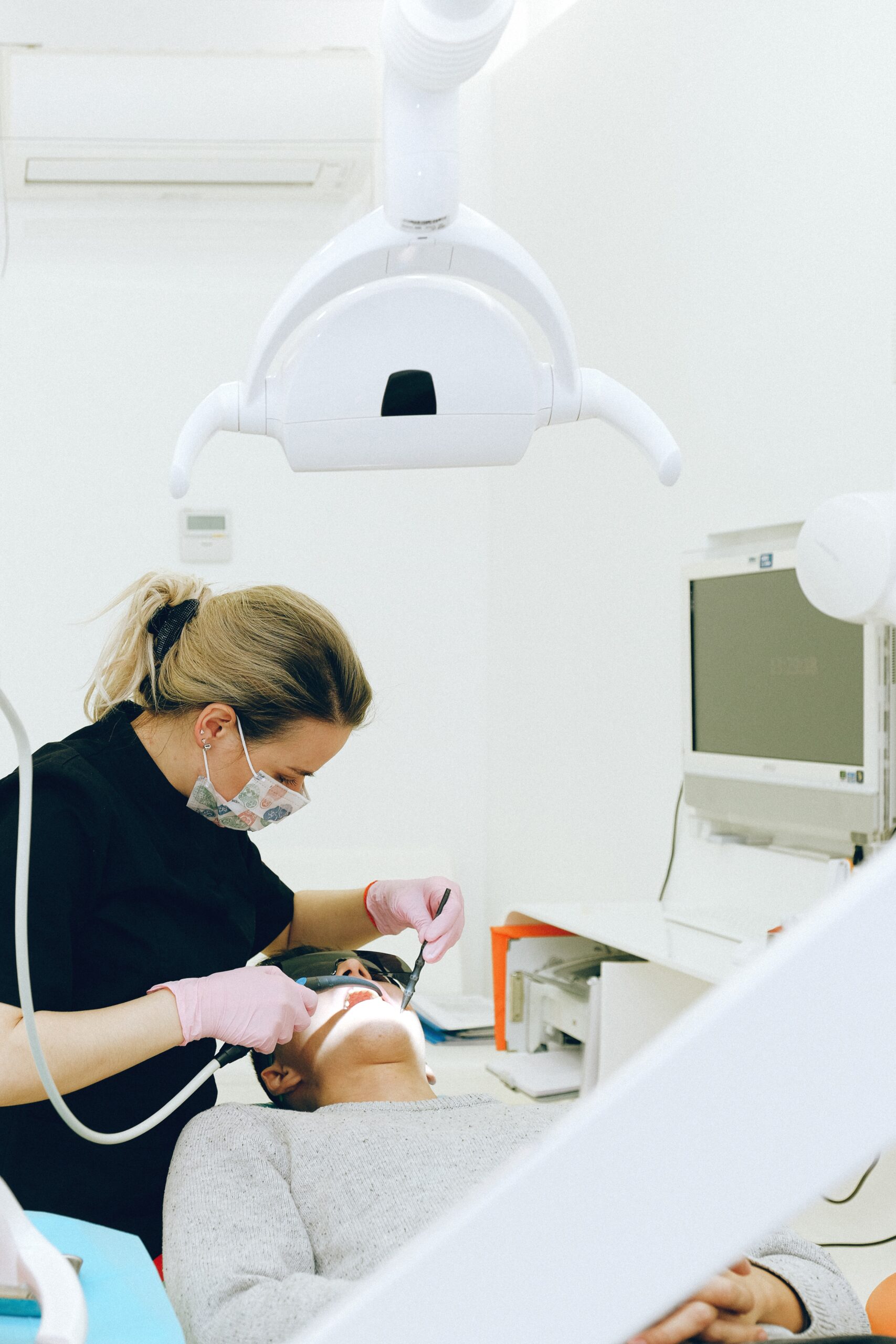Selling a dental practice can be a complex and time-consuming process, but it can also be very rewarding. If you’re considering selling your practice, there are a few things you need to do to get started. Following these steps will help increase your chances of selling at a fair price and in the timeframe you’re hoping to.
Planning Your Exit Strategy
The first step in selling your dental practice is to plan your exit strategy. This will involve determining why you are selling, when you want to sell, how long you are willing to work in the practice after the sale, how much rollover equity you want to or are willing to retain, what types of buyers you plan to target (larger dental groups, private investors, or individual dentists), and how much you want to sell for. Once you clearly understand your goals, you can begin the process by valuing your practice.
Valuing Your Practice
The next step is to value your practice. This can be a complex process, as many factors can affect the value of a dental practice. Some factors that will be considered include size in terms of revenue and earnings or EBITDA; the payor mix or how much commercial insurance, Medicaid, or cash pay; the procedure mix, the location, the doctors and their plans and motivations, and the geography.
The three most important characteristics of a deal or the three pillars of a deal are EBITDA, multiple, and terms. EBITDA, or pre-tax profit, is determined through a quality of earnings study to remove one-time expenses and run-rate new initiatives before going to market. The buyer will verify this EBITDA by bringing in a third-party accounting firm during the closing due diligence, so you want to be aggressive but defensible in your EBITDA projection.
EBITDA can be subjective, so it is best to have your study performed and have someone defend your EBITDA. The multiple is the valuation applied to your EBITDA. The best way to value your practice or business is to run a competitive auction process and let the free market dictate the valuation. A good broker will run that process.

Hiring A Broker or M&A Advisor
Once you understand your EBITDA well, you can hire a broker to help you market the practice to dozens of qualified buyers. You often don’t want to list a price because in an auction process, a buyer might exceed your expectations rather than meet them if you list a price and specific terms. The multiple is optimized through a competitive auction process with multiple suitors bidding in a blind auction for your deal.
The better your deal looks and the more qualified bidders are, the higher your multiple will likely go. A good broker will package your contract in the best light and pitch it to dozens of qualified buyers or investors to create competitive tension to get you the best multiple terms.
Finding The Right Buyer
Years ago, dentists would sell to other dentists for a percentage of the previous year’s collections. Now, dentists have many more options and higher valuations for their practice. Selling to a larger dental group or DSO or even directly to private equity investors will typically yield the highest valuation.
There are dozens, even hundreds, of qualified buyers among all the large dental groups and private equity investors looking to deploy capital in the dental market. Each group has its nuances, history, and strategy.
Typically, these acquisitions are structured as partnerships with the dentist retaining some equity (usually less than half) and continuing to work for an extended period with the opportunity to sell their remaining equity at a future date for hopefully a higher price.
Finding the right buyer is more like finding the right partner. The terms of the deal are essential, but so is finding the right fit, shared goals, and chemistry. You need to like and enjoy working with your future partner.
The best terms won’t compensate for a bad partnership or a dysfunctional relationship. We often see doctors choose a partner who doesn’t have the absolute highest valuation but has good terms, a great fit, and a healthy relationship with the selling dentist.
Letter of Intent
The buyer finalists in the blind auction process will submit a Letter of Intent or LOI. This letter will outline the terms of the sale, including the purchase price, the closing date, and the conditions that must be met for the deal to go through.
This is a blueprint for the purchase agreement, which will come later and be the definitive agreement detailing all the transaction terms. The LOI typically includes a binding exclusivity provision of 60-120 days which will give one buying party an exclusive time period to work to close the deal without interference by any other potential buyer.
This will give them confidence to spend money and significant time conducting confirmatory due diligence and drafting and negotiating the final agreements to consummate the transaction.
Asset Purchase Agreement
Once the letter of intent has been signed, you must create an asset purchase agreement. This document will outline the details of the sale, including the purchase price, the assets that are being sold, the liabilities that the buyer is assuming, and how risk is allocated between the buyer and the seller post-close.
Typically, the buyer’s attorneys draft this document, and you, as the seller, must retain an attorney with experience to help negotiate and finalize the purchase agreement. There are dozens of other legal agreements that potentially need to be drafted, negotiated, and signed to consummate the transaction, such as an employment agreement, a non-compete and non-solicit agreement, a partnership agreement, an assignment and assumption agreement for the real estate lease, and many others.
During this phase before closing, the buyer will also be conducting significant confirmatory due diligence, including a buy-side quality of earnings study, often a chart audit to review compliance procedures, operations review, potentially meetings with staff and other doctors, review all legal agreements, and do background checks. This pre-close phase is often the most grueling, uncomfortable, and exhausting.
Many underprepared and underrepresented sellers experience deal fatigue during this phase and can walk away from a deal or acquiesce to revised deal terms. Having a good M&A advisor and attorney on your team can greatly help with this phase of the process.
Closing
The closing is the final step in selling your dental practice. At the closing, you will sign the asset purchase agreement and transfer ownership of your practice to the buyer in exchange for consideration, usually in the form of cash wired to your personal bank account and equity granted in the newly formed joint venture.
Transferring Ownership of Your Dental Practice
Once the closing has been completed, you must transfer ownership of your dental practice to the buyer. This will involve transferring the patient records, the equipment and supplies, and the leasehold interest.
Selling a dental practice can be a complex process, but it can also be a rewarding one. By following the steps outlined above, you can increase your chances of selling your practice for a fair price and finding a buyer who is a good fit for your practice.


